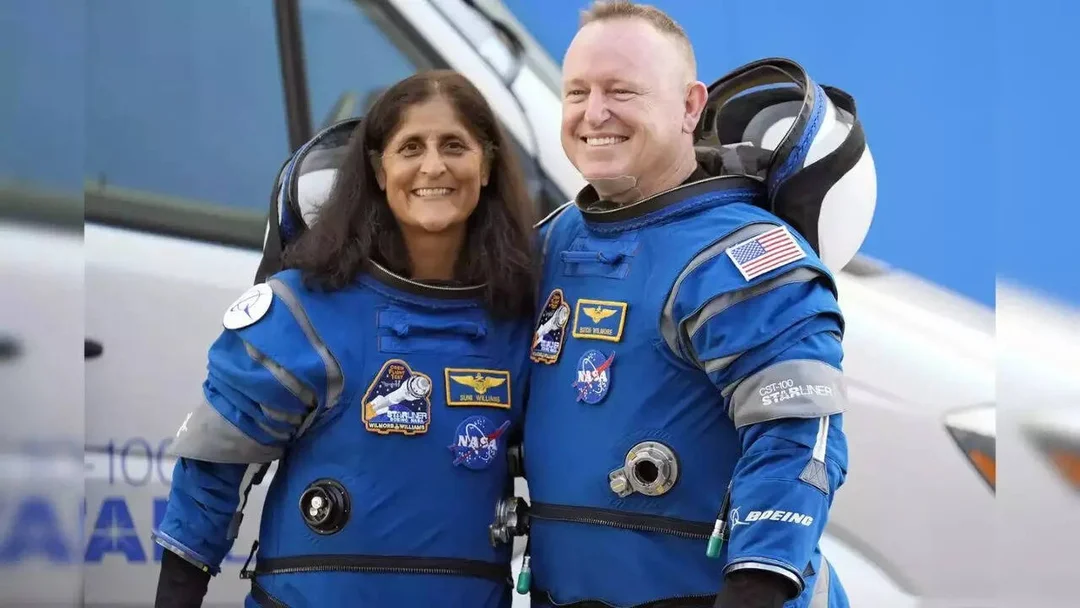
Astronauts Butch Wilmore and Suni Williams Complete Rehab After Unexpectedly Long Space Mission
After an unexpectedly extended nine-month stay aboard the International Space Station (ISS) due to complications with Boeing’s Starliner capsule, NASA astronauts Butch Wilmore and Suni Williams have completed their recovery and rehabilitation. Their journey, initially planned as an eight-day test flight, turned into a prolonged mission, making their return to Earth and subsequent readjustment a significant focus for NASA and the public.
The astronauts launched aboard Boeing’s Starliner spacecraft on June 5, 2024, as part of NASA’s Boeing Crew Flight Test. What was intended to be a short mission turned into an extended stay due to propulsion system issues on the Starliner, forcing NASA to bring the capsule back without its crew initially.
According to Reuters, both Wilmore, 62, and Williams, 59, have spent the past 45 days reacclimating to Earth’s gravity after splashing down off the coast of Tallahassee, Florida, on March 18, 2025. This readjustment period is standard for astronauts returning from long-term space missions and involves regaining muscle strength, balance, and basic terrestrial functions.

"Gravity stinks for a period," Wilmore told Reuters, highlighting the initial challenges of readjusting to Earth's gravity. He added: "That period varies for different people, but eventually you get over those neurovestibular balance type of issues."
Williams echoed this sentiment, noting the fatigue she experienced as her muscles reactivated: "I felt honestly, I was still tired, like all the little muscles are getting reengaged." She shared that it took some time before her early morning routine returned, signaling a full recovery, "Then I'm up at four in the morning, and I'm like, Aha! I'm back."
Despite the challenges of readjustment, both astronauts dedicated a minimum of two hours daily to strength and conditioning with NASA's medical team, all while juggling increasing responsibilities with Boeing's Starliner program. Moreover, while aboard ISS Williams and Wilmore traveled 121,347,491 miles during their mission, spent 286 days in space, and completed 4,576 orbits around Earth.
Butch Wilmore also shared a lighthearted anecdote about his pre-flight neck and back issues, which disappeared in space but returned immediately upon landing demonstrating how the human body adapts and readapts to different environmental conditions. "We're still floating in the capsule in the ocean, and my neck starts hurting, while we still hadn't even been extracted yet," he said.
The unexpected length of their mission and the technical difficulties faced by Boeing's Starliner have led NASA to consider another uncrewed flight before resuming crewed missions. Williams supports this decision, drawing parallels with precedents set by SpaceX and Russian vessels, reinforcing the importance of safety and reliability. The team even welcomed Expedition 72 astronauts home at Space Center Houston May 22, during a free, public event at NASA Johnson Space Center after their mission.
What does the successful recovery of Wilmore and Williams signify for future long-duration space missions? Share your thoughts and opinions in the comments below.